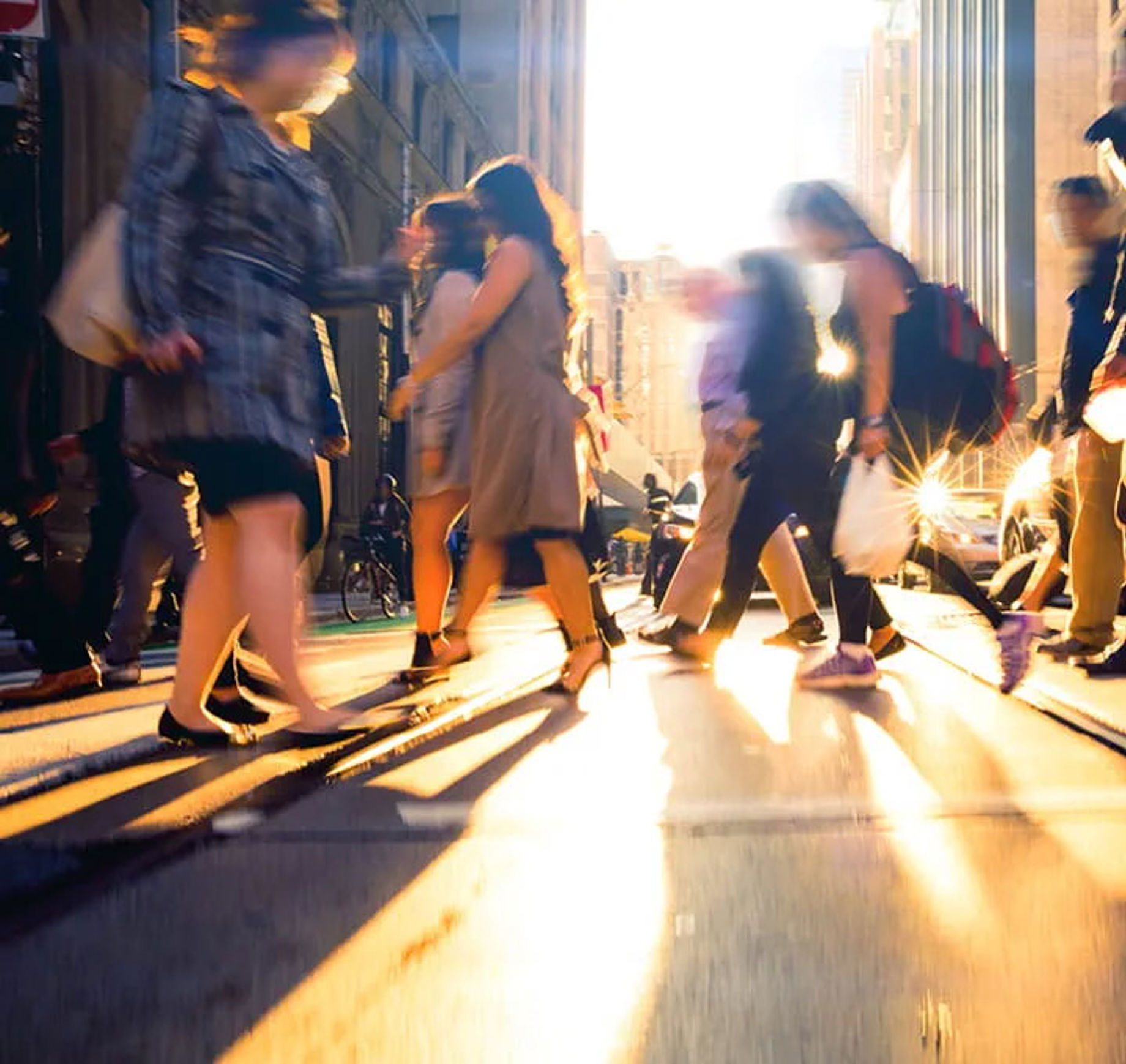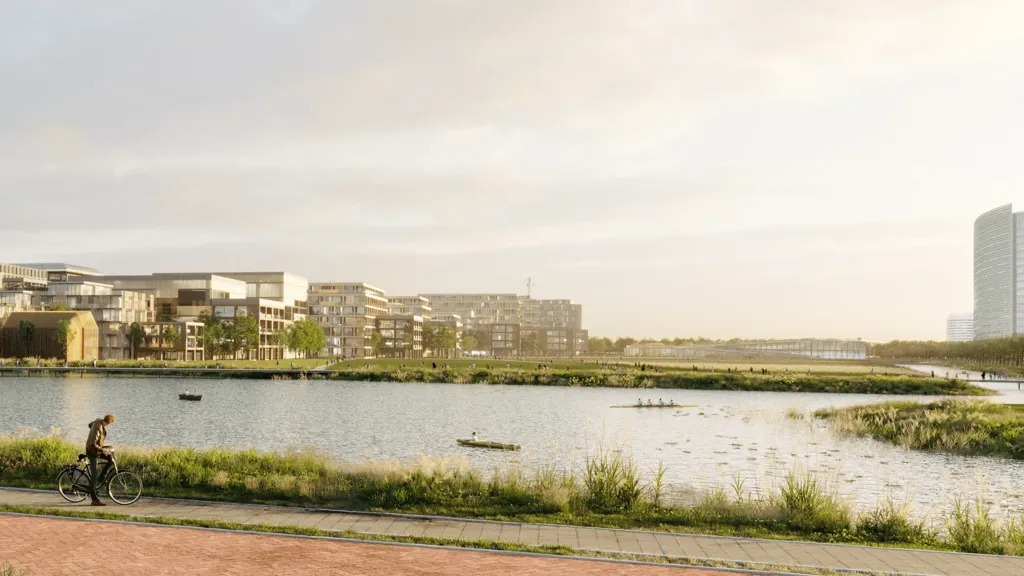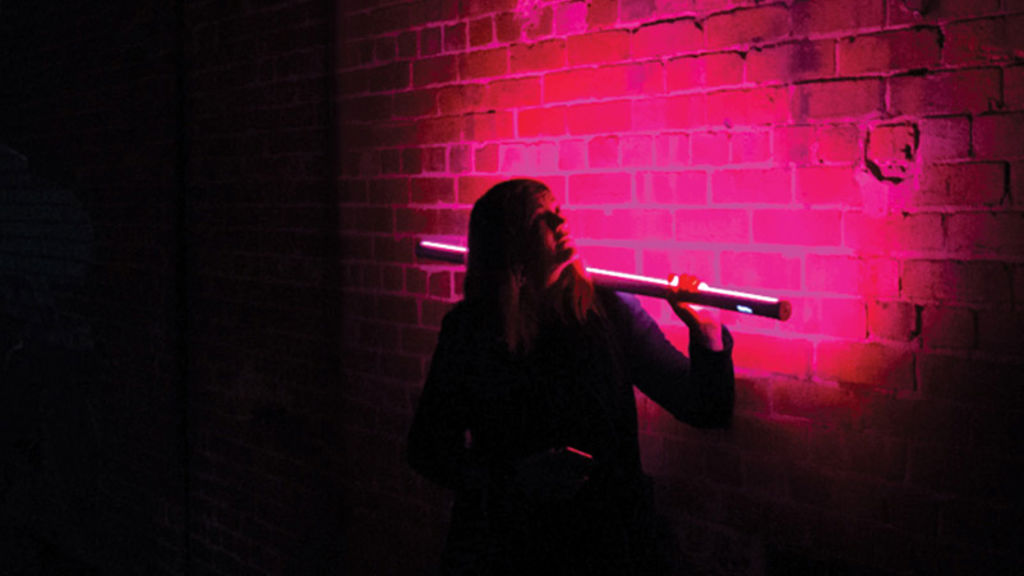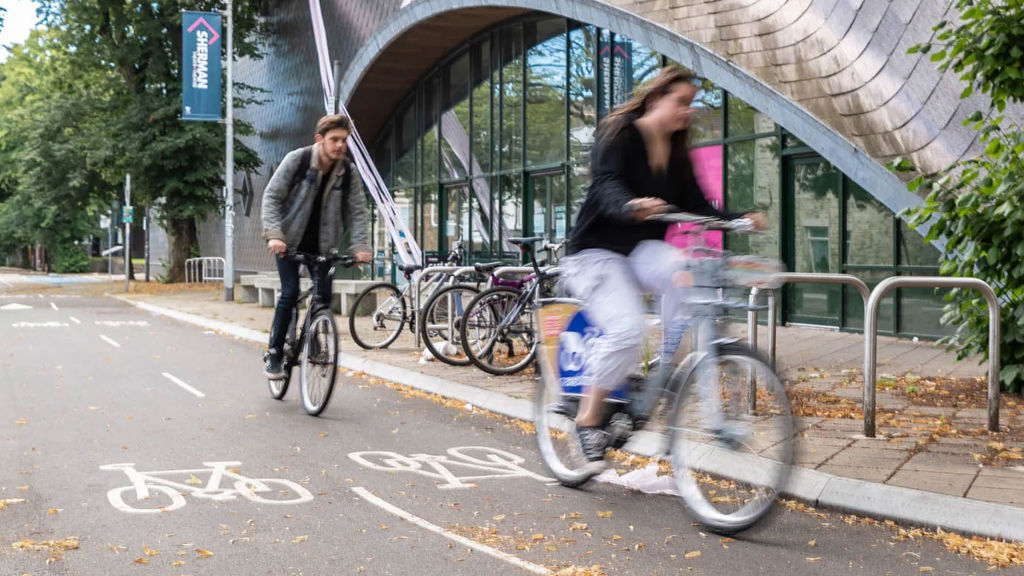How do we design inclusive cities?

In our Issues section, we discuss the big questions facing the built and natural environments.
Last updated: May 2024
Urbanisation continues to gain momentum across the world. With it are a growing chorus of concerns voiced by city populations. Can transport be improved and made accessible to everyone? Is the city equally safe for women or minorities? Do children have access to green space and nature? Does new development reckon with the social ills of the past? The list of issues grows and grows.
In different ways, these are questions that practitioners in the built environment must increasingly reckon with. Whatever language we use – ‘greater equity’, ‘increased inclusion’, or ‘social value’ – achieving a truly ‘inclusive city’ must begin by taking account of people’s behaviours, preferences, needs and aspirations we can develop the most inclusive and beneficial design outcomes. It requires that everyone involved in city development prioritise listening and consultation before big ideas are put into practice – and as we know, in any city there is no shortage of diversity to people’s life experiences, aspirations and opinions.
Inclusion is never a push-button solution – fundamentally it must be community and context-led. Our ethos is to bring everyone into the process; that means clients and developers, architects and occupants, commuters and operators, cyclists and drivers, walkers and wheelchair users, closer together. For our teams, it means being a translator, a listener, a collaborator, and always ready to learn and adapt. This is how we develop cities where everyone sees their priorities recognised in the built and natural environments they call home.
At Arup, years of experience have shown us that there is huge potential to blend consultation, planning and imagination with design and placemaking skills to reshape an area, a service, or a practice, for the better. Inclusion can be understood as being as much a design choice or a planning requirement as a more abstract virtue of city life. Inclusion becomes tangible as we provide a better experience for every community and stay focused on the intimate, yet often misunderstood connection between human behaviour, social needs and the built environment that shapes our cities.
How do we tackle this issue?
Explore the different ways cities can become more inclusive:
Projects
Discover how our work is helping to create more inclusive spaces:

Blending rural tranquillity with bustling city life at Schiphol’s new Mixity urban redevelopment
Mixity Urban Regeneration Masterplan, Netherlands

Using parametric modelling to develop a data-driven transit redesign for Boston
MBTA Bus Network Redesign, USA

Lighting the way for women and girls: a new narrative for lighting design in cities
Perceptions of night-time safety: women and girls, Australia

Providing Cardiff with a network of safe, accessible cycle routes to facilitate active travel
Cardiff Cycleways, United Kingdom
-
Explore related markets:
-
Explore related services:
